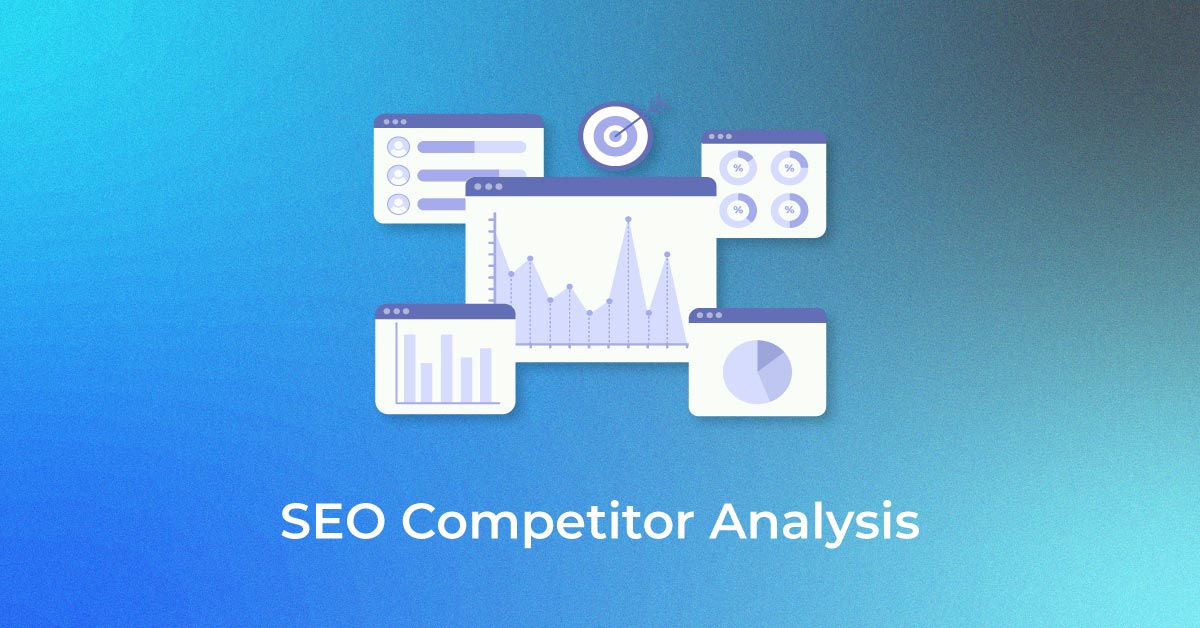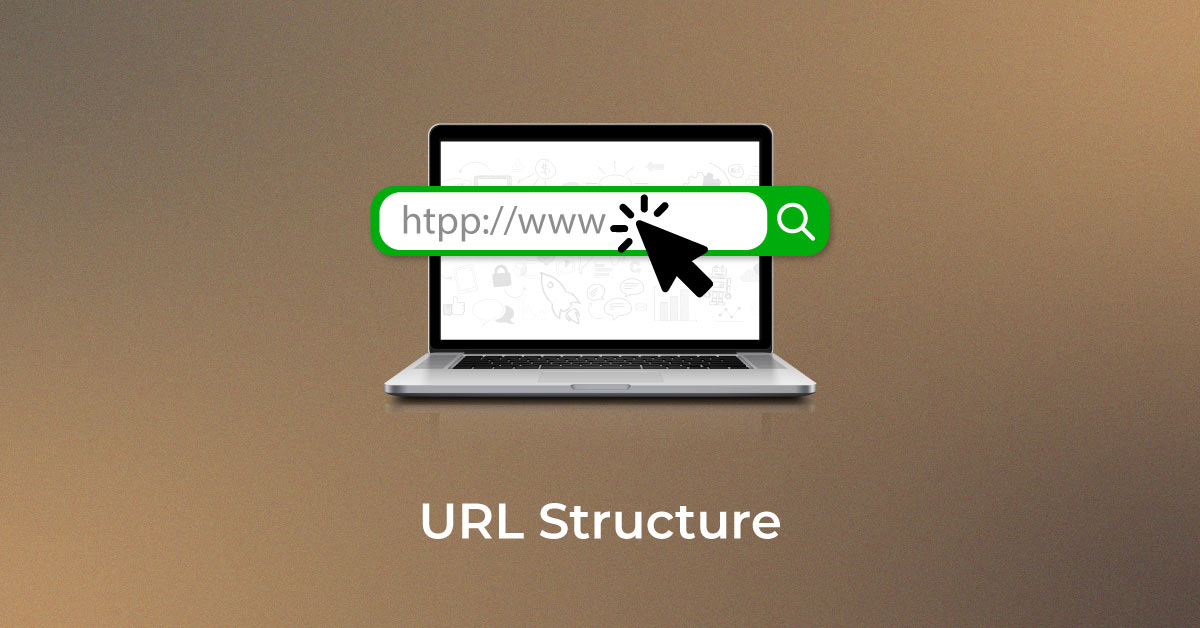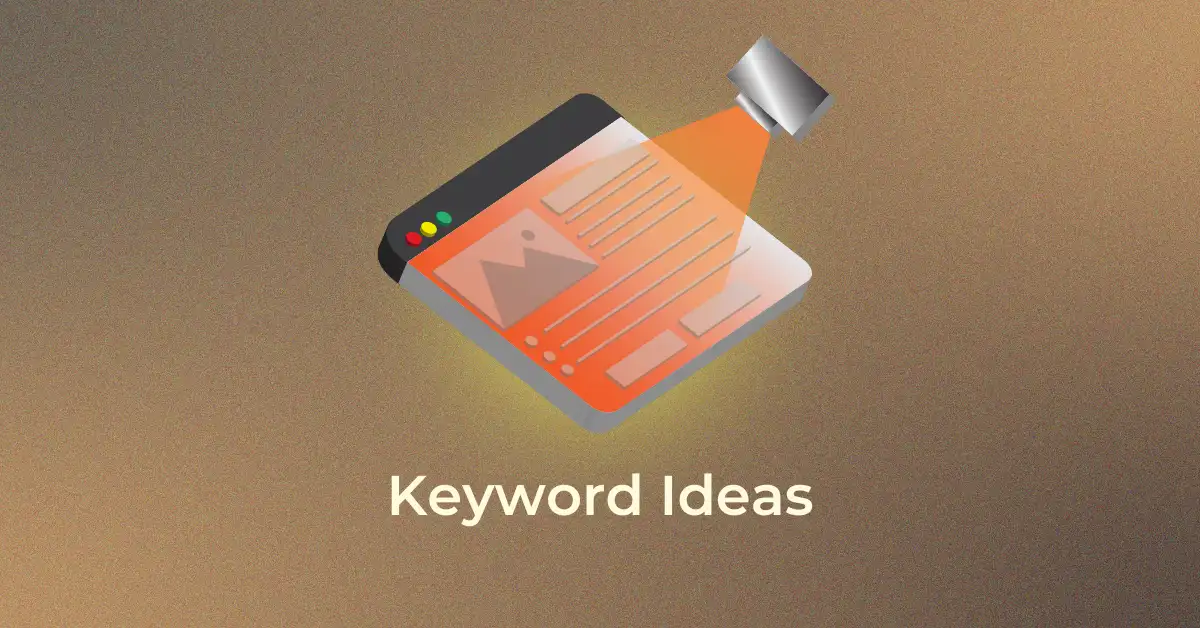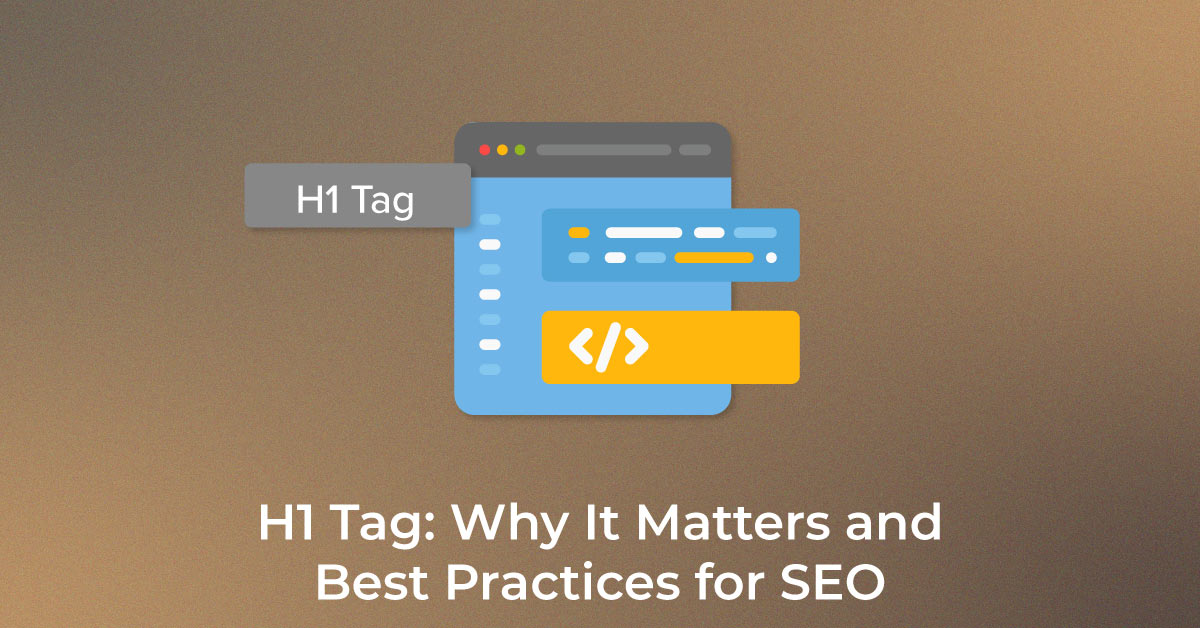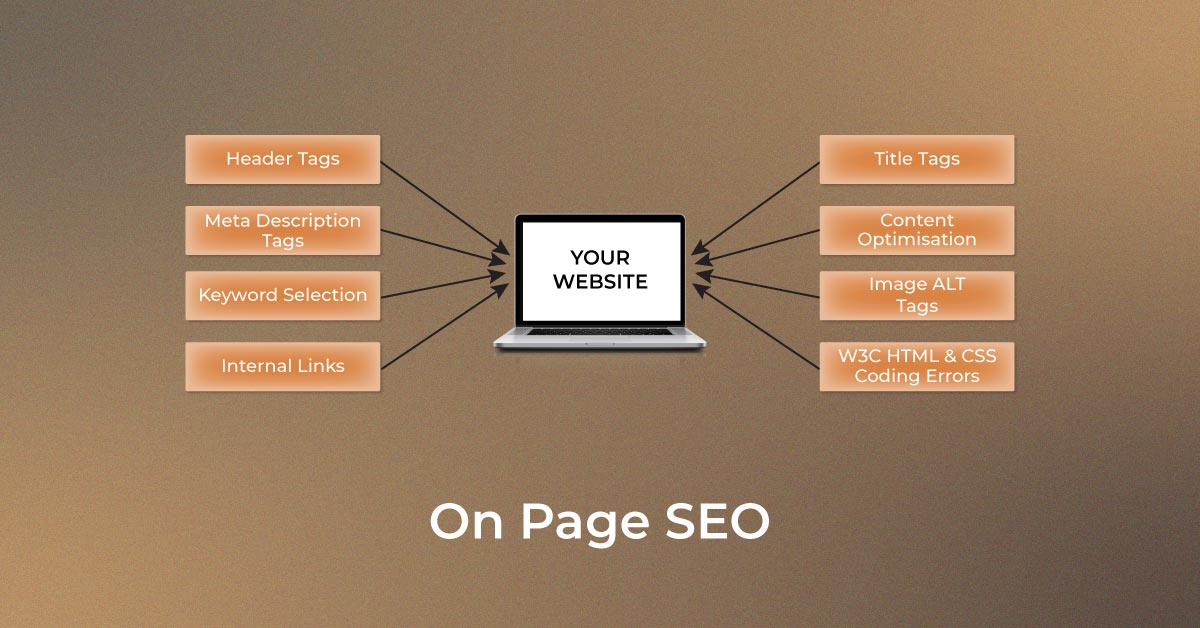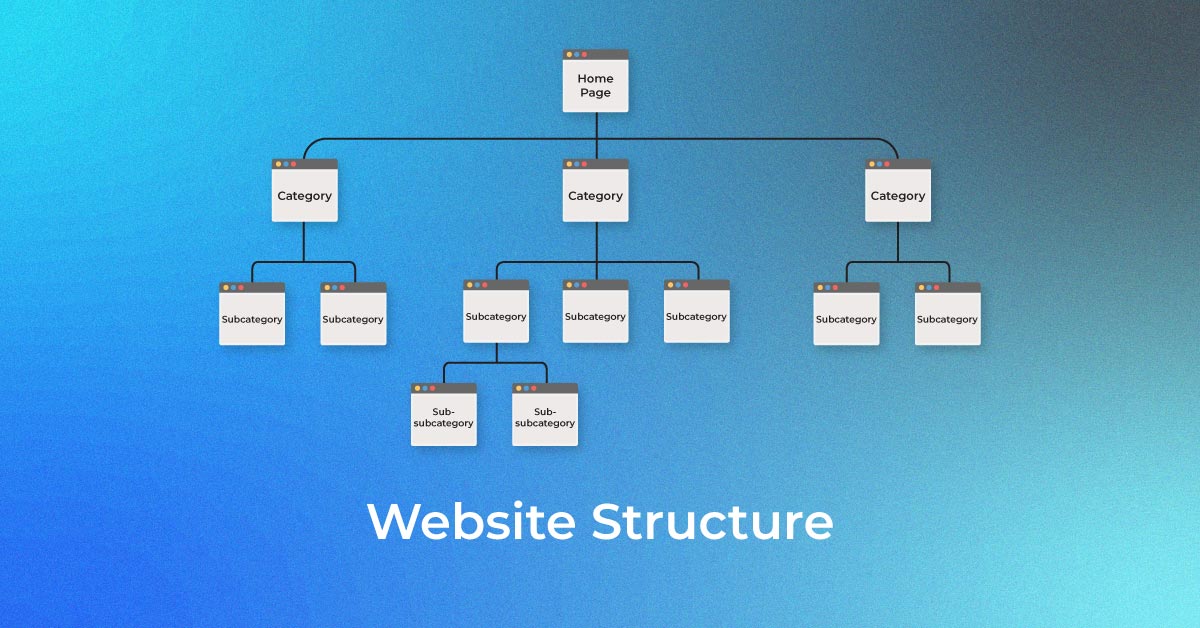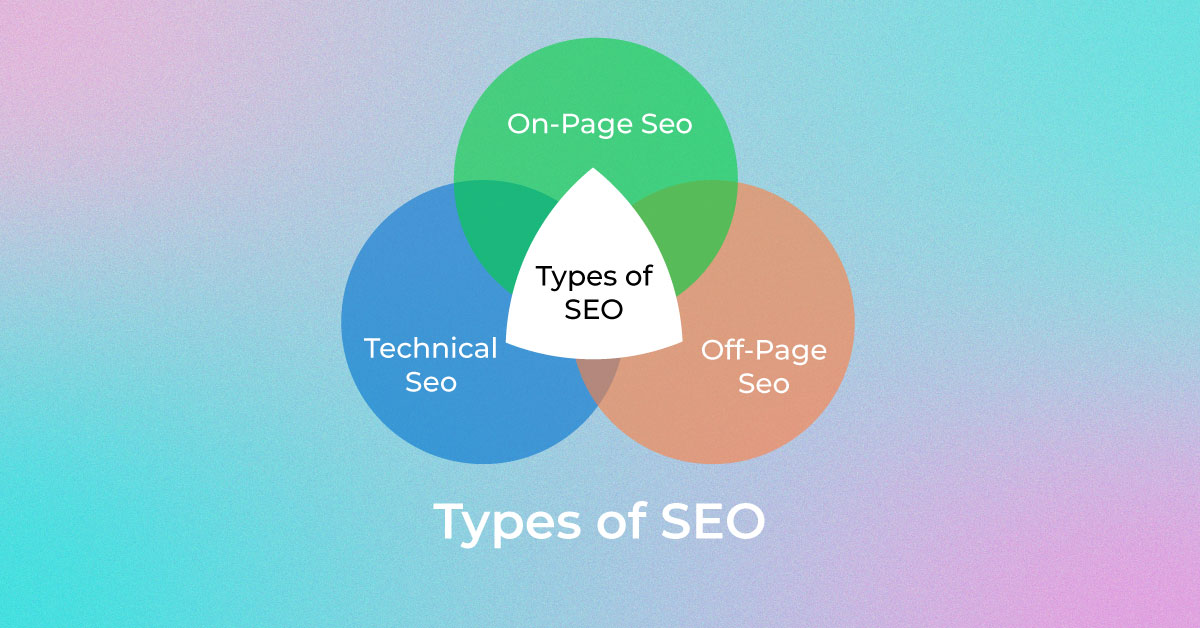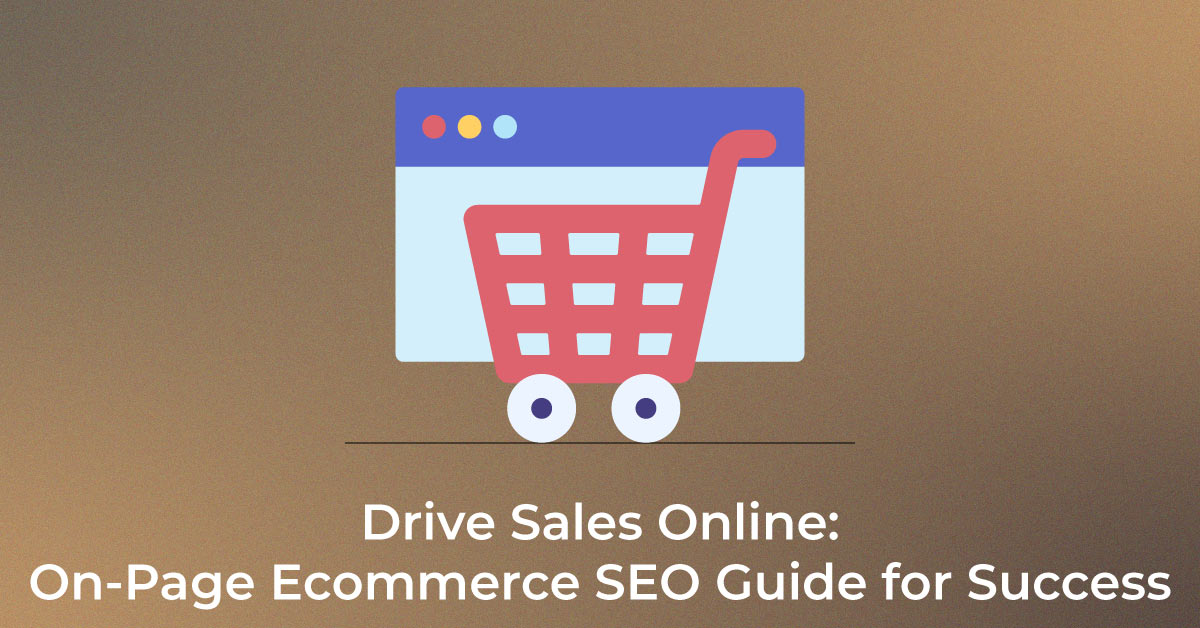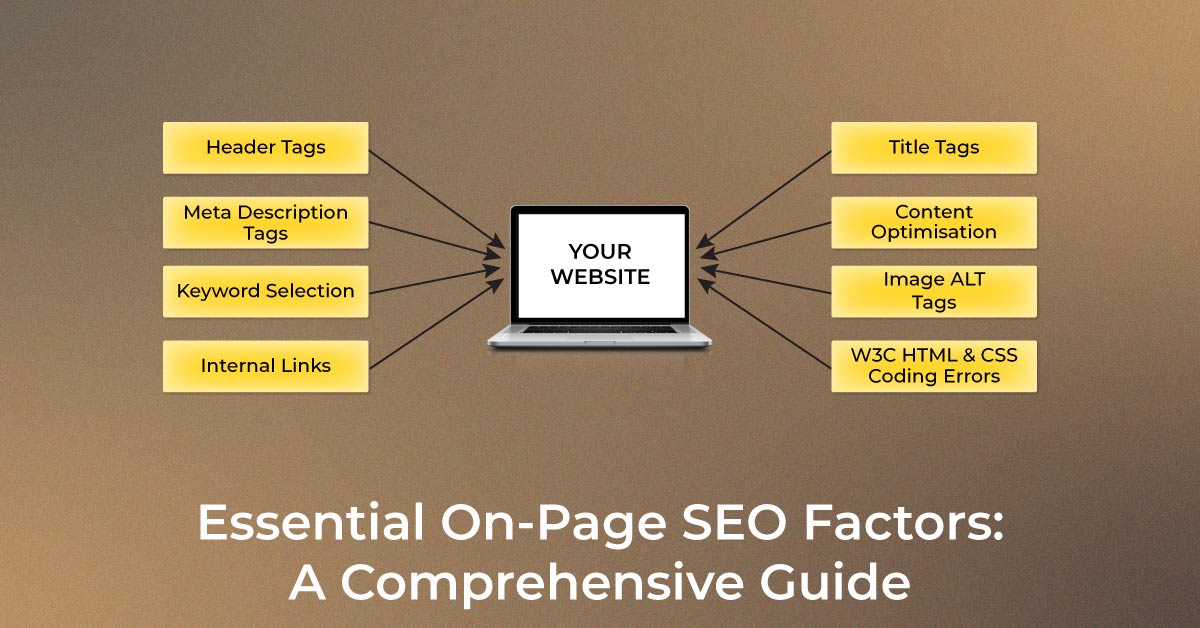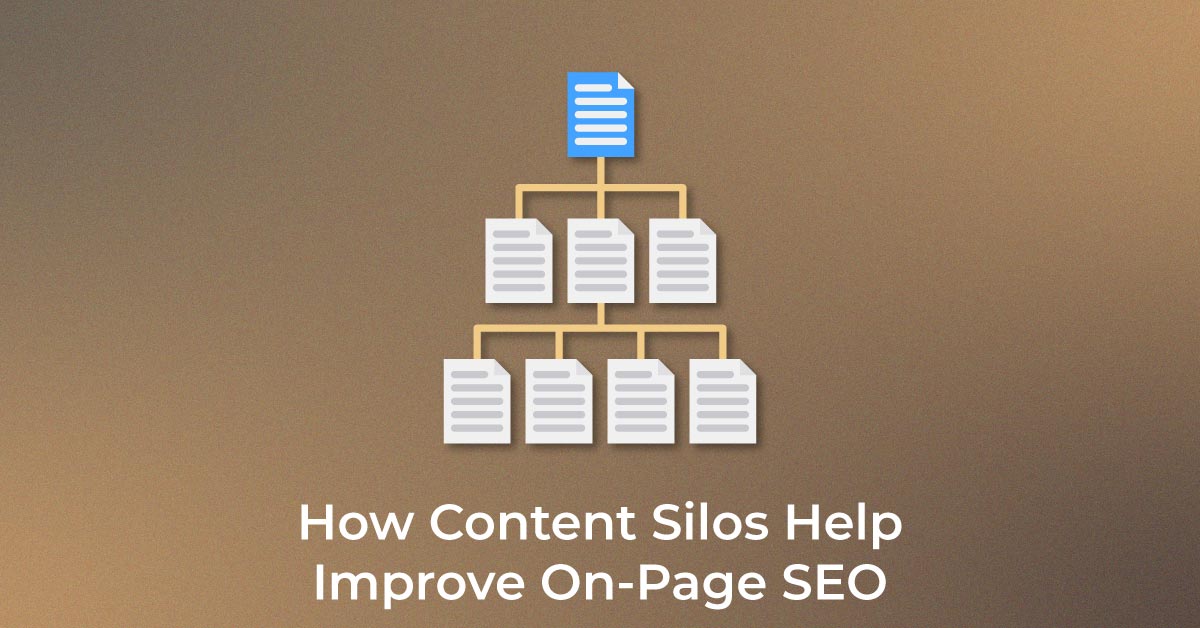- Organic Search
-
-
-
Organic Search
Platforms
Overview
Driven by Results
We have a achieved outstanding growth for brands in various industries
+2.2B
Total Organic Sessions
+1.9B
Total Organic Clicks
+1.24B
Total Organic User Acquisiton
- Winners of 60+ Prestigious Awards
- 150+ Experts
- A.I Capabilities
- Infigrowth TM Platform
- 100s of Proven Results
-
-
-
- Website & Content
-
-
-
Content & Outreach
Design & Develop
Industries & Platform
- Winners of 60+ Prestigious Awards
- 150+ Experts
- A.I Capabilities
- Infigrowth TM Platform
- 100s of Proven Results
-
-
-
- Tools & Technology
-
-
-
Schemas and Calculators
- Winners of 60+ Prestigious Awards
- 150+ Experts
- A.I Capabilities
- Infigrowth TM Platform
- 100s of Proven Results
-
-
-
- Plans
-
-
-
Plans
- Winners of 60+ Prestigious Awards
- 150+ Experts
- A.I Capabilities
- Infigrowth TM Platform
- 100s of Proven Results
-
-
-
- Discover
-
-
-
Winners
Great Place to Work
For two consecutive years, we are awarded by this honour

- Winners of 60+ Prestigious Awards
- 150+ Experts
- A.I Capabilities
- Infigrowth TM Platform
- 100s of Proven Results
-
-
-
- Success Stories
-
-
-
By Service
- Winners of 60+ Prestigious Awards
- 150+ Experts
- A.I Capabilities
- Infigrowth TM Platform
- 100s of Proven Results
-
-
-









